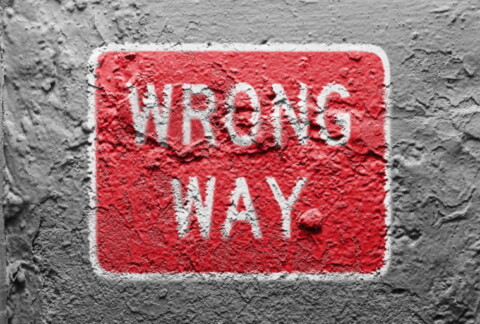Ecommerce website speed and ranking
I’ve had my fair share of E-commerce experience and have seen the lengths e-commerce agencies go through to maximize their search engine optimization (SEO).
From the titles of product listings down to the individual keywords used in the descriptions, any small change that can bring the website up in Google’s search engine results is worth pursuing. But one aspect of SEO that these agencies sometimes miss is a website’s load speed. Google’s search algorithm factors in the time it takes for a webpage to load into its rankings (in the context of network, device, and location).
Google isn’t too keen on sharing exactly how the algorithm works but does encourage e-commerce web designers to ensure they provide the best possible customer browsing experience, using what means possible to do so. Essentially, the system rewards fast-performing sites and punishes slow ones.
If you’re curious, check out Google’s page speed insights, where you can see the speed statistics of your website. Some of the useful metrics include:
- Average time to load
- CPU idle time
- Latency
- Opportunities to improve your speed
The Benefits of a Faster Website
Of course, no one likes a slow connection. Even a fast Internet speed can’t make up for a poorly optimized website. So, for stronger SEO and sales conversion for your E-commerce site, consider the following statistics.
- A single second of extra delay for your site to load results in an average decrease of 16% in customer satisfaction and 7% in conversion rate.
- Most customers leave immediately if a website hasn’t loaded in 3 seconds.
- In one extreme case, Google lost a fifth of its traffic after an additional half second of a delay was added to the webpage loading.
These facts all point to the same idea that no one wants to wait to get what they want. Even when not considering search engine results,
- It’s too easy for a potential customer to close your website and look for a faster competitor. Ideally, a site should load in less than 3 seconds.
- Faster browsing increases the likelihood a user stays on your site to buy something.
- That user is more likely to explore the site for other products too.
- A slow website could convey a sense of carelessness or immaturity as a company, resulting in a negative reputation for your business.
Factors That Could Affect Page Speed
Websites have evolved into far more complex entities than their text-only ancestors back in the day. Some elements that could impact your page speed include the following.
- Your choice of hosting service.
- Images. Lossless file types should only be used where details or aesthetics matter. Compressed images are better for small things like logos.
- Videos, which are a vital component of marketing, require more data than images and text.
- Plugins. Many like Adobe Flash are notoriously slow.
- Support for several browsers like Chrome, Firefox, Opera, etc.
- Advertisements. Try to strike a balance between monetization and accessibility.
- Inefficient web code (HTML/CSS).
Things You Can Do to Speed Up Your Site
By speeding up your site, you’re effectively killing two birds with one stone: you raise your search engine ranking and simultaneously improve the user experience. Here are some starting points that a professional e-commerce design company should cover.
Minimize HTTP Requests
Every component of a website (image, script, etc.) has an HTTP request attached to it. Too many of these slow down the experience, so streamline your content to minimize the number of requests. You can check the HTTP requests made by your site using Google Chrome’s Developer Tools…
- Right-click your website.
- Select the “Inspect” option then the “Network” tab.
- From there, you can see the file size and time to load for each request.
Trim the Fat
Cut down on “junk” files like unused drafts, unnecessarily large images, extra whitespace, and line breaks. While the number of files needed to load a page averages around 115, the recommendation is to keep under 50.
Manage Server Response Time
Time to first byte (TTFB) is a measurement of the amount of time it takes for a server to deliver the first piece of data. There’s a strong correlation between faster TTFB and higher search engine rank. A higher-end DNS host is one way to improve server response.
Mobile Optimization
When do you use a smartphone? During a wait at the doctor’s office or the bus stop? Chances are, you’re spending time with it in short bursts, so you want to get as much done as quickly as possible
A staple of “responsive design,” having an optimized-for-mobile layout is such a huge component of your search engine rank that it deserves its own section. First, consider these metrics:
- Mobile sites that load in under 2 seconds had 15% higher conversion rate than other mobile sites according to Google.
- According to a 2017 Google/SOASTA research study, 70% of mobile pages take 7 seconds to load fully.
- The probability that a user leaves a site instantly increases 106% as the loading time goes from 1 to 6 seconds.
- 7 out of 10 mobile layouts took up over 1 MB and 36% over 2MB.
Mobile optimization is a must-have feature of your project. Make sure the e-commerce web developers you hire have that high on the priority list.
Ready to Build Your E-commerce Website?
Globalgraphics works with exciting e-commerce businesses just like yours to help them design, develop, launch, and improve their websites. Contact us today if you are interested in learning more about our services and how we can help you build the right website for your business.


